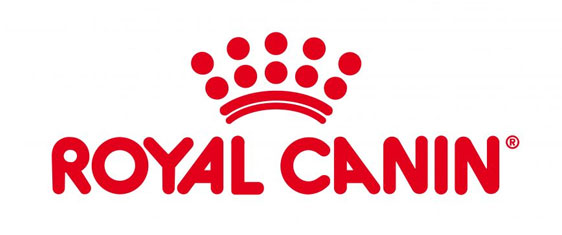Understanding Canine Hip Dysplasia
Doctor of Veterinary Medicine

While efforts are made to answer all questions as quickly as possible, if an immediate answer is required or if your pet is in need of urgent or emergency care, contact your pet's veterinarian immediately.
Doctor of Veterinary Medicine

You will receive an answer from Dr. Lindsay and our vet/tech team as soon as possible, usually the same day.
All answers are provided for informational or educational purposes only, and are intended to be a supplement to, and not a substitute for, the expertise and professional judgment of your pet's veterinarian.
It may be necessary to consult your pet's veterinarian regarding the applicability of any opinions or recommendations with respect to your pet's symptoms or medical condition.
CloseDoctor of Veterinary Medicine

An error has occurred, please reload the page and try again.
CloseWhile efforts are made to answer all questions as quickly as possible, if an immediate answer is required or if your pet is in need of urgent or emergency care, contact your pet's veterinarian immediately.
There is no answer related to your question
Canine hip dysplasia is a disease that is genetically transmitted, most commonly among large breed dogs, in which the joints develop abnormally. It is commonly formed when the leg bone slides out of a shallow pelvic socket, causing painful friction.
Hip dysplasia may occur in one or both hips, and can eventually lead to a dislocation of the hip. Pressure placed on the damaged joint strains the surrounding cartilage, causing inflammation of the joint and likely to result in a dog developing arthritis.
- Trouble rising or running
- Back legs kept close together
- Noticeably short stride
- Preference of one side or limb to another
- Hopping when walking
- St. Bernard
- German Shepherd
- Labrador Retriever
- Golden Retriever
- Rottweiler
- Avoid breeding dogs with hip dysplasia, as it is a genetically inherited disease.
- Keep your dog at a healthy weight with exercise.
- Do not overfeed your dog because extra weight causes additional strain on your dog's joints.
- Feed a lean diet, with dog food that is high in vitamins and nutrients.
Daily exercise plays a significant role in preventing and managing canine hip dysplasia. Consult your veterinarian for an exercise routine that is suitable for your dog.
































